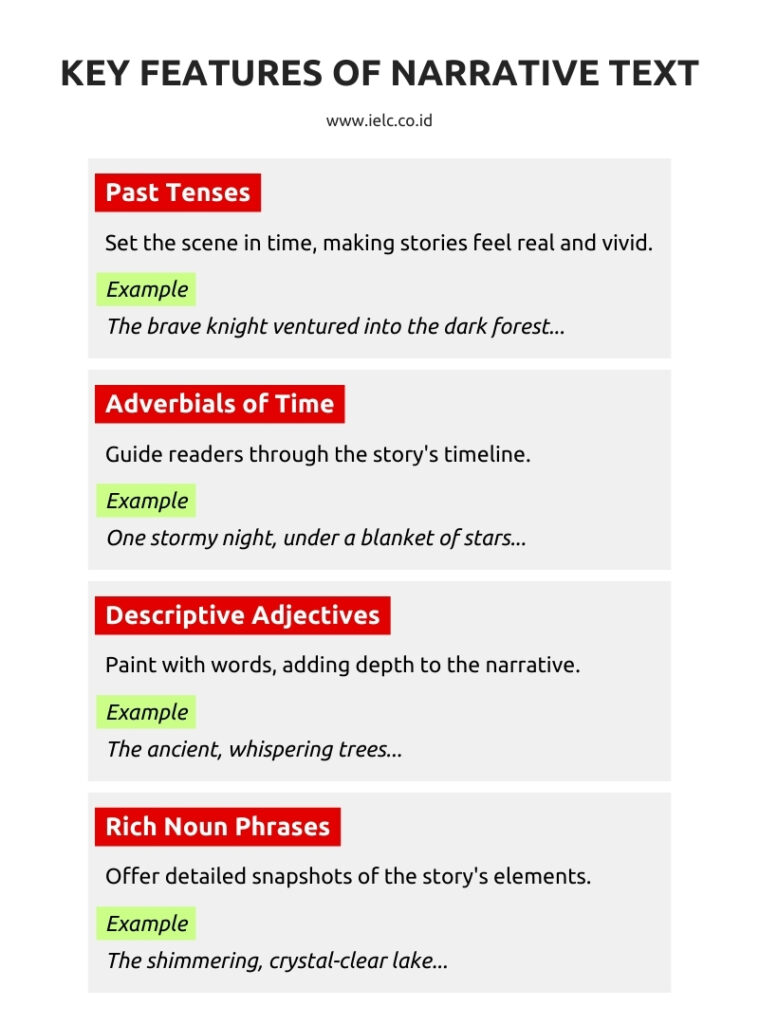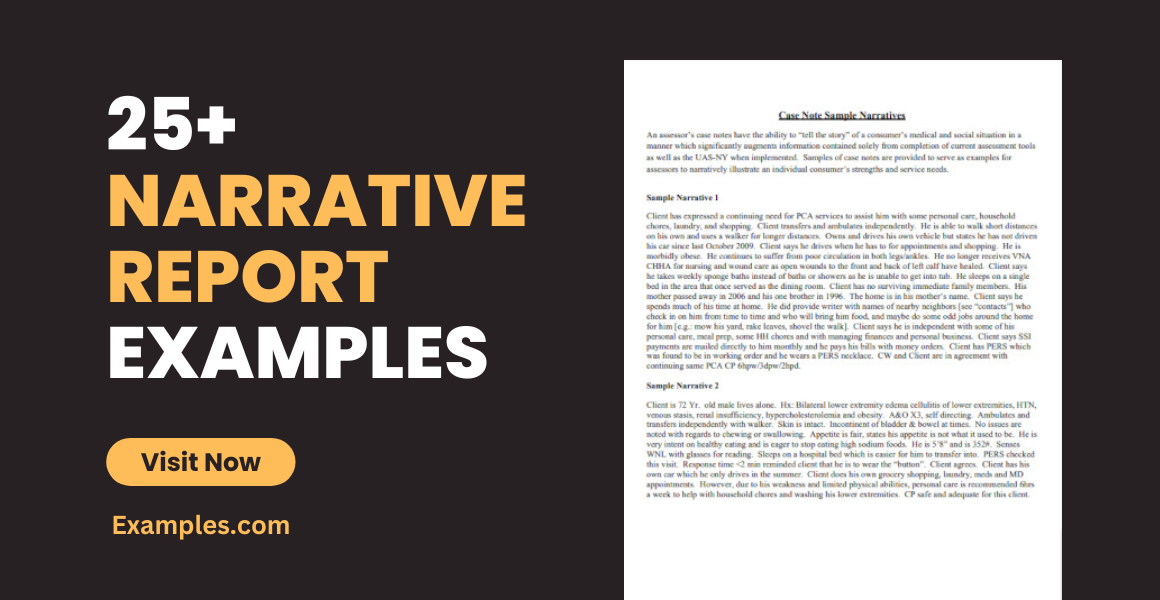Antwort What are the 3 methods of narrative? Weitere Antworten – What is the narration method
Narrative methods involve constructing a series from historical documents to identify the reason and/or the quantities associated with a particular change in a variable. Friedman and Schwartz (1963) is the classic example of using historical information to identify policy shocks.The narrative perspective is another term for point of view. It is the perspective from which the story is told. To determine the narrative perspective, ask the question, "Who is telling the story" Is it a character in the story or an unnamed narrator Narrative perspective is different from narrative voice.Third person omniscient is a point of view where the narrator knows all the thoughts, actions, and feelings of all characters. The author may move from character to character to show how each one contributes to the plot.
How do you Analyse narrative perspective : Narrative perspective can be analysed by looking at what point of view is used for the delivery of a narrative. For example, is it in the first person, second person or third person
What are examples of narrative method
Examples of narrative inquiry in qualitative research include for instance: stories, interviews, life histories, journals, photographs and other artifacts. By the end of the workshop, participants will: Have knowledge of narrative inquiry as a qualitative research technique.
How many narrative techniques are there : In general, there are six different categories of narrative techniques.
There are three types of narration in storytelling; first person, second person and third person. Sometimes the form of narrative that a writer would use determines its narration. A memoir is almost always told in the first person. A non-fiction article or book would normally be written in the third person.
The common points of view from which an author can narrate a story are:
- 1st person POV uses the pronouns “I” and “we.”
- 2nd person POV uses the pronoun “you.”
- 3rd person POV uses the pronouns “she,” “he,” “they,” and “it.”
- 4th person POV uses indefinite pronouns like “one,” “oneself,” “someone,” “anyone.”
What is 3rd person omniscient vs omniscient
A third person omniscient perspective is often compared to a god's-eye view because the narrative voice is able to show anything it wants the reader to see. An omniscient voice knows what's happening in all places and can divine what every single character is thinking.While the third person omniscient point of view has full access to the thoughts and feelings of all characters, limited third person omniscient is restricted to a single character. The third person limited narrator allows the writer to explore the plot through the thoughts and feelings of that specific character.These terms include: plot, characters, point of view, setting, theme, conflict, and style. Understanding how these elements work helps us better analyze narratives and to determine meanings.
The narrative thematic analysis process I used consisted of five stages: (a) organization and preparation of the data, (b) obtaining a general sense of the information, (c) the coding process, (d) categories or themes, and (e) interpretation of the data.
What are 5 examples of narrative writing : 5 Examples of Narrative Essays
- “Goodbye to All That” by Joan Didion.
- “Self-Reliance” by Ralph Waldo Emerson.
- “Notes of a Native Son” by James Baldwin.
- “My Life as an Heiress” by Nora Ephron.
- “Joy” by Zadie Smith.
Why use narrative method : Narrative research provides an option to explore personal experiences beyond the boundaries of a questionnaire, providing insight into decisions involving treatment, screening or various health practices, which can help guide how health care services are developed and provided.
What are the 5 modes of narrative writing
The 5 Narrative Writing Modes:
- Action: What the characters are doing.
- Description: The five senses (sight, sound, smell, touch, taste).
- Exposition: Information and context that isn't directly available 'in-scene'.
- Dialogue: The characters' external speech.
- Interior Monologue: The characters' internal thoughts.
Narrative modes are tools used by writers to tell a story. Description, action, dialogue, thought and exposition can be identified easily in a text.Narration can occur through five major ways: description, action, dialogue, thought and exposition.
What are the five types of narrative modes : There are five ways to narrate a story: dialogue, description, action, thoughts (interior monologue) and exposition. All of them are useful in varying ways, but it's helpful if you're aware which one you're using at any given time and why you've chosen it.








